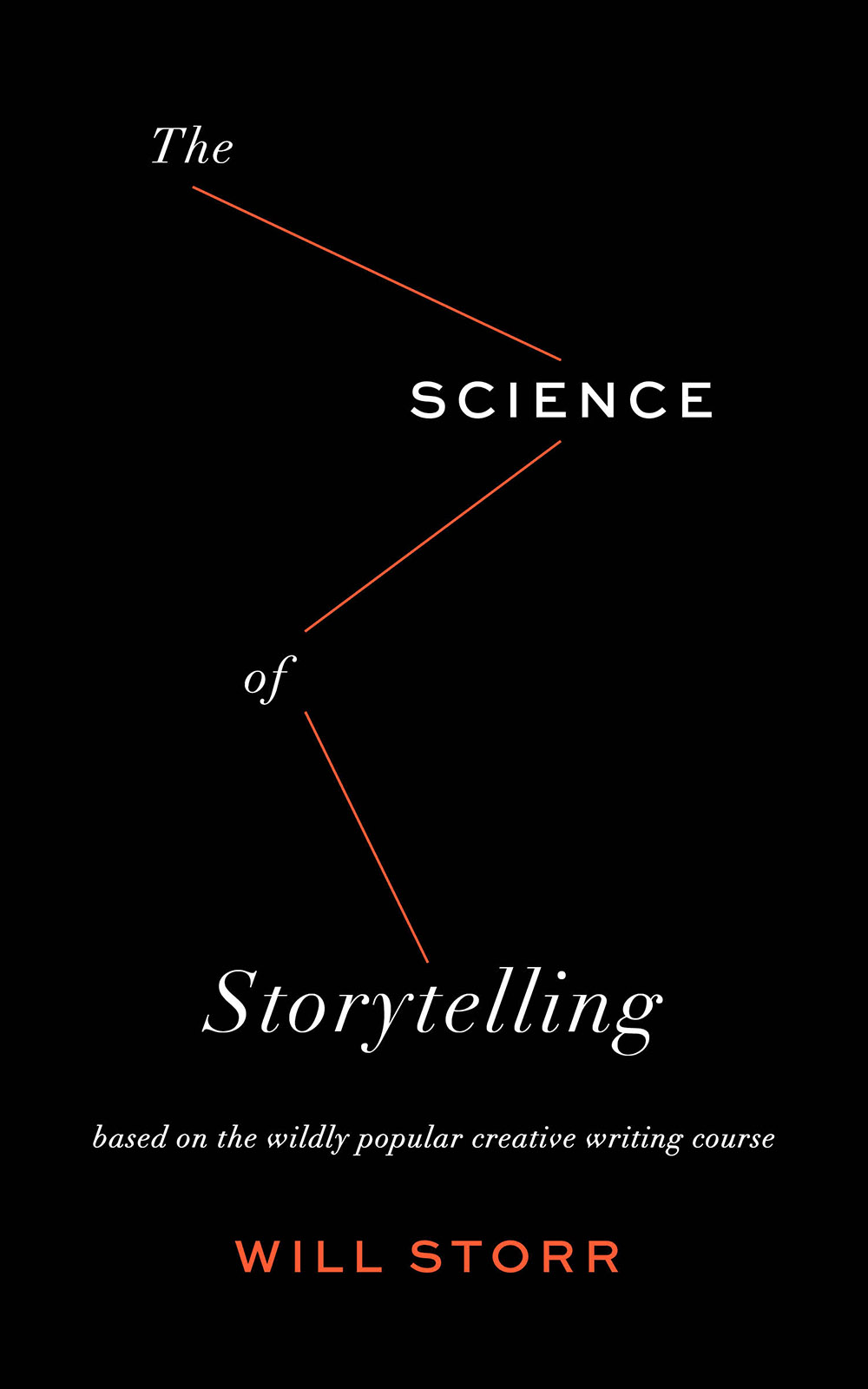BNA Annual General Meeting 2025
1st April 2025
20th May 2020
 Embarking on his first novel, ‘The Hunger and the Howling of Killian Lone’, the award-winning writer Will Storr turned to the storytelling ‘how-to’ guides for advice. Interestingly, the theories they presented complemented what he had learnt previously about the mind and brain from neuroscientists and psychologists. Exploring these connections in his most recent book, ‘The Science of Storytelling’, Storr argues that, by understanding how our brains construct our lives, we can become better storytellers.
Embarking on his first novel, ‘The Hunger and the Howling of Killian Lone’, the award-winning writer Will Storr turned to the storytelling ‘how-to’ guides for advice. Interestingly, the theories they presented complemented what he had learnt previously about the mind and brain from neuroscientists and psychologists. Exploring these connections in his most recent book, ‘The Science of Storytelling’, Storr argues that, by understanding how our brains construct our lives, we can become better storytellers.
“Stories are everywhere. Stories are us.” – Will Storr, pg 2
In the introduction, Storr emphasises the importance of the characters in creating a compelling story, as, he explains, it is not events that interest us, but people. He goes on to demonstrate how, by applying what scientific studies have revealed about human nature, we can create protagonists that feel authentic, delving into their subconscious to unearth their hopes, ambitions, fears and doubts. Moreover, Storr claims, that by understanding our own psychology, we can engage with our audience at a deeper level by exercising their brain’s innate ability to construct a story.
“Life emerges from self and is a product of it. This is how story ought to work too.” – Will Storr, pg 215
Our brains never directly experience the world. Instead, they receive information, sent by our senses, and create the hallucination, or ‘model’, of the world in which we exist. This fascinating truth, explored by Storr in the book’s first chapter, has major implications for storytelling. This same fabrication occurs when we read a book, allowing us to ‘see’ the scene first imagined by the author, effectively bridging the gap between reader and writer. Applying the wisdom of the neuroscientist Professor Benjamin Bergen, Storr explains how the construction of a sentence, the details given, and the grammar used can be a powerful tool for the “model-creating storyteller”, as illustrated in the works of Mary Shelley and J.R.R. Tolkien. Through their detailed and ordered prose, we can enter the worlds that first emerged and evolved in their minds.
“We’re all fictional characters. We’re the partial, biased, stubborn creations of our own minds.” - Will Storr, pg 92
Throughout this book, Will Storr effortlessly weaves well-known examples of great storytelling with the science underlying their success, intelligently using the work of neuroscientists and psychologists to support the advice he gives – from Professor George Loewenstein’s paper, ‘The Psychology of Curiosity’, to Professor Giuliana Mazzoni’s research into the distortion of memory. For aspiring writers, this concise and compelling guide to storytelling is inspiring, refining the construction of a narrative – a skill that can, at times, seem unattainable – into a series of achievable goals. This book also offers a unique perspective into our own behaviour and psychology, as well as an understanding of how the stories we hail as ‘classics’ have stood the test of time.
 About the reviewer
About the reviewerAnna Norton is an aspiring science writer and illustrator, who is currently studying for a Masters by Research in Neuroscience at The University of Edinburgh.
@AnnaCNorton
References:
'The Science of Storytelling' cover image was accessed from https://www.goodreads.com/book/show/50157885-the-science-of-storytelling